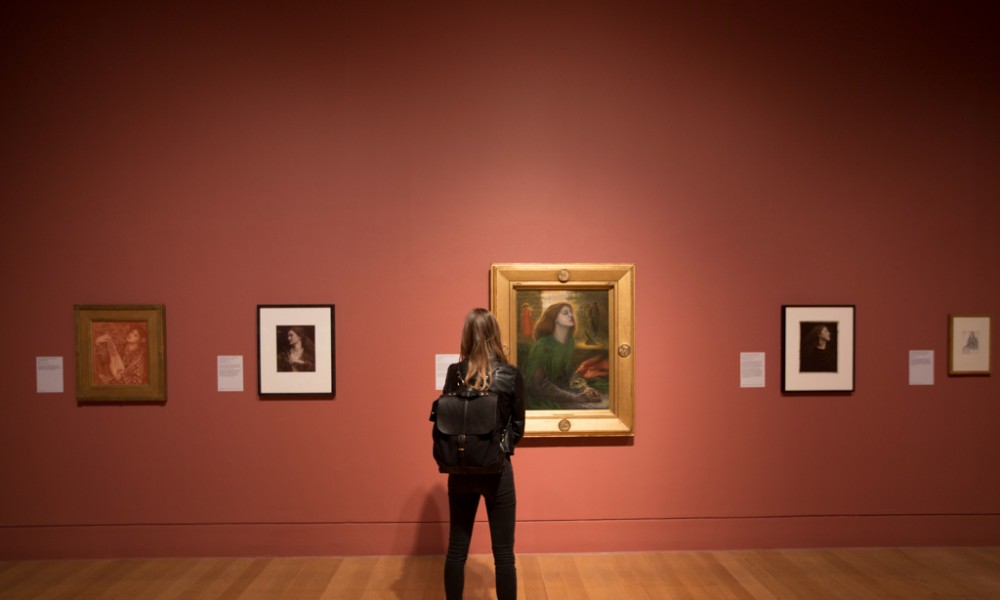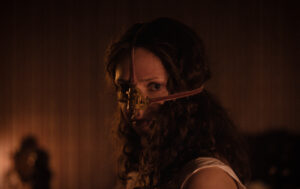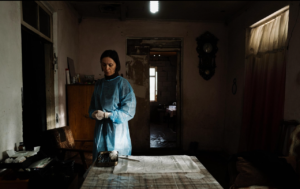Painting with Light at Tate Britain

Painting with Light at Tate Britain examines the relationship between painting and photography in the early years of the camera. With works dating from the birth of photography in the 1840s to the first decade of the 20th century, the exhibition carefully documents 70 years of British artistic endeavour. The show sets out to prove the centrality of photographic practices to the major art movements of the era, including the Pre-Raphaelites and British Impressionism, and it does achieve this goal.
Unfortunately, however, Painting with Light gets off to a rather uninspiring start. The poetic and imaginative approach to photography implied by the show’s title is far from evident in the first room, where the curators take viewers back to an artist-photographer collaboration in Edinburgh. This was an important historical moment for the medium, no doubt, but both the paintings on show and the photographs that inspired them fall sadly flat, as do their explanations.
This is a shame, because elsewhere in the exhibition there are some fantastic and highly dynamic works on display, and one can’t help but wonder if a slightly more adventurous curatorial approach might have created a more engaging first impression.
The exhibition really picks up with the introduction of the Pre-Raphaelites. Some high-quality paintings by Dante Gabriel Rossetti, in particular, are contrasted with dramatically staged and visually stunning photographs by Julia Margaret Cameron, an under-appreciated genius of the Pre-Raphaelite circle. Her work is also compared with the paintings of her lifelong friend George Frederick Watts.
It is Cameron’s photography that feels truly groundbreaking here, not the oil paintings of her male contemporaries. There are also several other female photographers included in the exhibition, such as Clementina Hawarden and Zaida Ben-Yusuf. This is an admirable move by the Tate, but it’s a shame that the gendered politics of the lens and the brush aren’t brought out more thoroughly; some fascinating contrasts are made, but not followed up on, and it feels like a missed opportunity for insightful comment.
Instead, the general tone of the exhibition is one of academic documentary, which doesn’t make for gripping viewing. The presentation is chronological, which makes logical sense but means that some of the poetry gets lost. There are some brilliant works on show, but they’re not allowed to sparkle as they should.
Anna Souter
Photos: Erol Birsen
Painting with Light is at Tate Britain from 11th May until 25th September 2016, for further information visit here.


























Facebook
Twitter
Instagram
YouTube
RSS